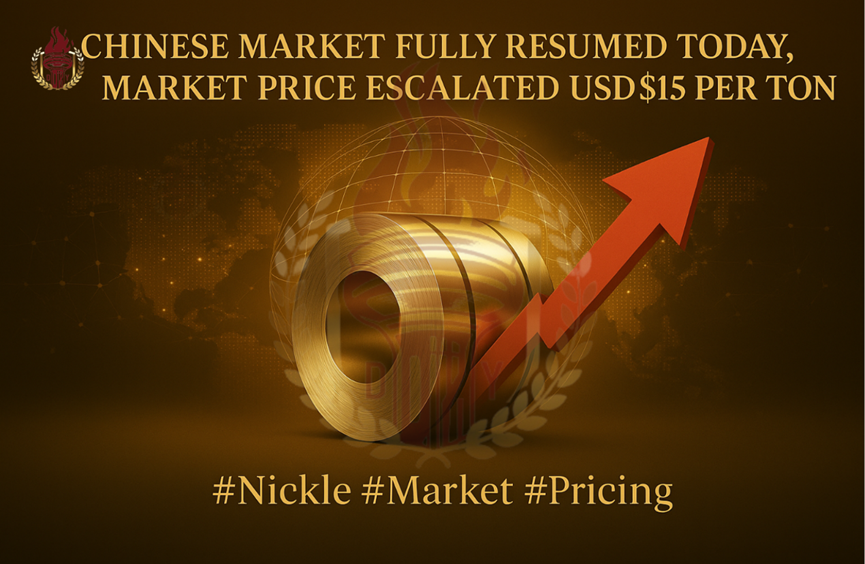🇹🇭 Thailand Strikes Again - A 5-Year Tariff Wall on Vietnam’s Stainless Steel
- w87105850
- 2 days ago
- 2 min read

When Trade Becomes a Battlefield
In a move that echoes through the stainless steel corridors of Southeast Asia, Thailand’s Department of Anti-Dumping and Countervailing Duties has officially announced a decisive verdict: Vietnam’s cold-rolled stainless steel products are now subject to anti-dumping duties for five years.
The ruling, issued on October 14, 2025, concluded that Vietnamese exporters had engaged in dumping practices that inflicted “material injury” upon Thailand’s domestic industry. Effective immediately, this measure places Vietnam’s stainless steel trade under the sharp lens of regional protectionism.
Tax Layers and a Striking Disparity
Not all exporters are treated equally
1. Yongjin Metal Technology (Vietnam) faces a 9.95% duty (CIF-based).
2. All other Vietnamese producers and exporters face a far heavier blow, a sweeping 29.40% tariff.
This nearly 3x gap is not just a number, it’s a seismic shift in market competitiveness. For importers, it reshapes sourcing strategies overnight; for producers, it separates survivors from casualties
Scope That Cuts Deep
The ruling spans cold-rolled stainless steel sheets and coils ranging from 0.3mm to 3.0mm in thickness and widths up to 1320mm, covering over 30 HS codes under Chapters 7219 and 7220.
In essence, this is not a narrow regulatory shot, it’s a wide-ranging shield that captures nearly all of Vietnam’s mainstream CR stainless supply to Thailand.
What It Means for the Market
For Thailand, this decision offers short-term relief to its domestic mills, restoring breathing space against low-cost imports.Yet, the long-term picture is more complex:
1. Local manufacturers that depend on imported stainless steel will inevitably face higher input costs.
2. Importers and buyers may shift their attention toward Indonesia or other alternative origins, seeking both stability and cost competitiveness.
3. Regional trade dynamics could tilt further toward fragmentation, with more countries adopting “defensive” tariff tools to protect local industries.
Beyond Tariffs - The New Normal of Uncertainty
This latest move underscores a broader transformation across Asia’s stainless steel supply chain: trade defense measures are becoming the new baseline.
In a world where market borders are increasingly guarded by tariffs, procurement leaders and business owners must now think beyond prices, considering origin diversification, long-term supplier partnerships, and risk management as essential pillars of resilience.
Because in this new trade era, the real competition isn’t just about who offers the lowest price.
It’s about who can still deliver, when the rules of the game keep changing.




Comments